3D printing has emerged as an invaluable tool for visually impaired individuals, offering them access to information and experiences that might otherwise remain inaccessible. Traditional modes of communication, like text, diagrams, or visual displays, often rely heavily on sight. Additionally, some objects may be too small, too large, dangerous, or fragile to handle safely in real life. By creating tangible, three-dimensional models, 3D printing enables visually impaired people to explore and understand their surroundings in ways previously unimaginable.
The research highlights this potential, revealing that individuals who are blind from birth can process tactile information more quickly than their sighted counterparts. This increased tactile sensitivity allows visually impaired individuals to interact with 3D-printed models and other tactile tools at a pace comparable to how sighted individuals process visual information. Through these tools, they can access a world of knowledge and experiences, bridging the gap in understanding.
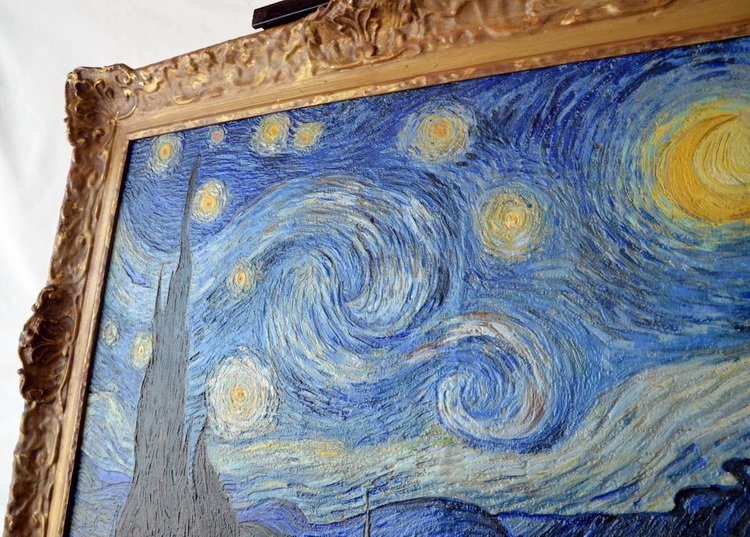
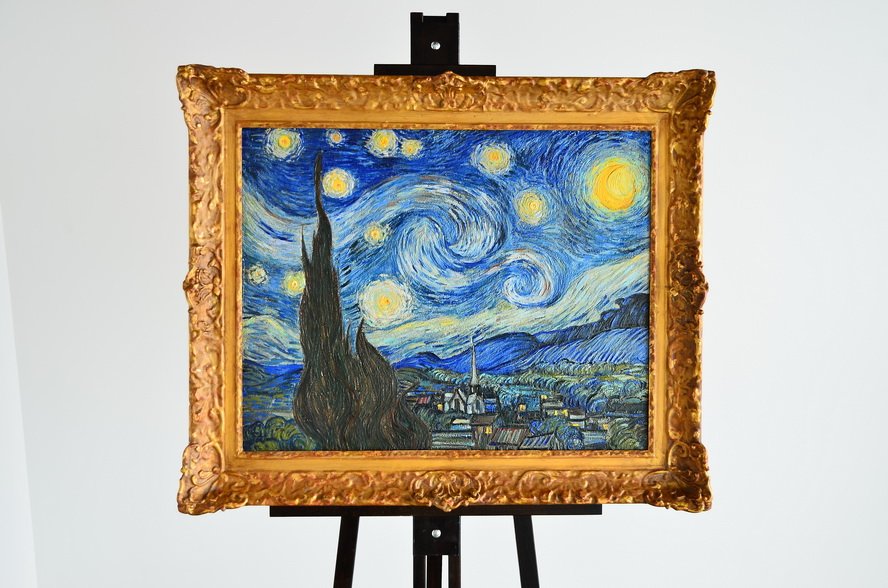
The Role of 3D Printing Files
While the benefits of 3D printing for visually impaired people are undeniable, the process does come with challenges. For a 3D printer to create a model, a detailed blueprint or design file must first be prepared. For visually impaired individuals, producing these designs independently may pose significant difficulties. This is where the availability of pre-made 3D print files becomes crucial.
3D print files, particularly those in STL format, serve as digital blueprints for creating tangible objects. These files are readily available through online repositories and databases, providing a vast library of designs that can be downloaded and shared. The growing community of 3D model creators continually contributes to this pool of resources, ensuring that accessibility for visually impaired people expands over time. These files enable users to access ready-to-print designs, significantly simplifying the process and widening their reach to various applications.
Expanding Beyond Braille
Braille has long been a transformative tool for visually impaired individuals, allowing them to read and access written information through touch. However, braille has limitations, particularly when it comes to conveying visual concepts such as images, diagrams, or spatial layouts. For example, in educational settings, textbooks often include detailed visuals that cannot be effectively translated into braille alone.
Here, 3D printing provides a groundbreaking solution. By converting visual elements into tactile 3D models, visually impaired students can grasp complex concepts such as the structure of molecules, historical artifacts, or even topographical maps. When paired with braille annotations, these models offer a more comprehensive learning experience, enabling a deeper understanding of subjects that were previously out of reach.
3D Printed Art: A New Avenue for Expression
Beyond functional applications, 3D printing has also opened new doors for artistic expression among visually impaired individuals. Traditional art forms, such as paintings or photographs, rely heavily on visual perception. However, 3D-printed art redefines these boundaries by offering tactile representations of artistic creations. For instance, a visually impaired person can “feel” the intricate textures of a 3D-printed painting, experiencing the interplay of shapes and patterns in a way that parallels how sighted individuals perceive visual art.
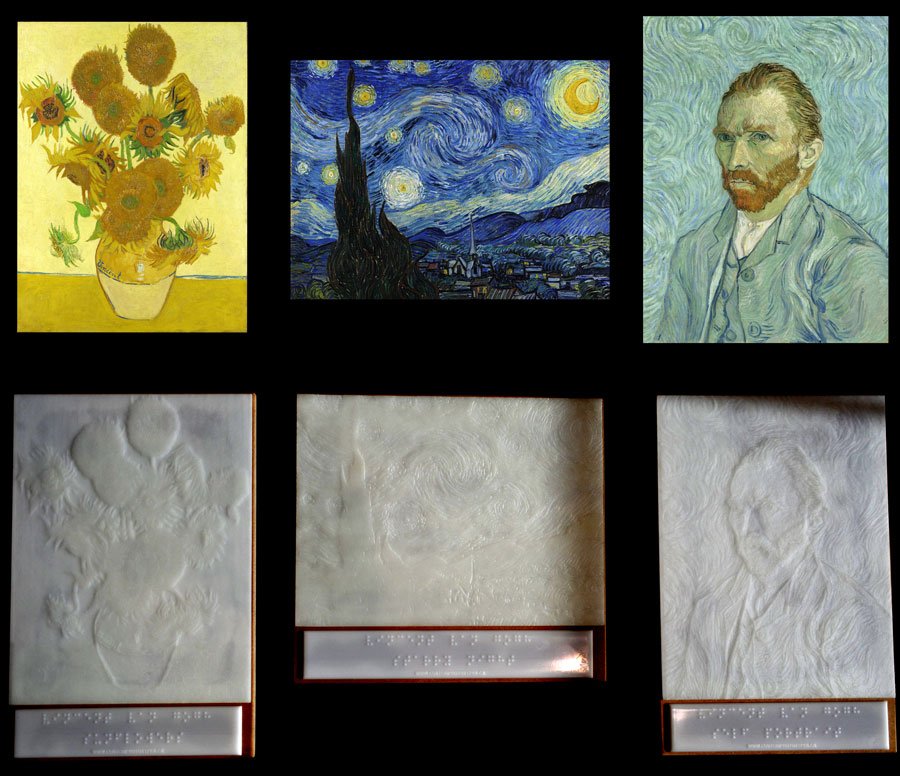
Custom Prototypes Brings Van Gogh to Life for Visually Impaired Students
Recently a teacher from the Indiana School for the Blind and Visually Impaired contacted us after discovering a past project we had previously 3D printed Van Gogh’s Starry Night.
This project received considerable recognition and went on to win several awards, having demonstrated a unique application for the technology.
After seeing our project, Leslie, a school teacher, inquired if we could do something similar for her students. She wondered if it would be possible for the students to experience the art through touch.
We knew we wanted help so we took on the challenge and created three more of Van Gogh’s famous paintings. We took images of the paintings and ran them through a software to create a file suitable for 3D printing. The files were extruded to give depth making the lighter colors extruded further then the darker ones. The contrast in height allowed the students to feel the art allowing them to visualize the real painting.
Each 3D printed painting also has a nameplate at the bottom done with braille that reads who the artist was, the year of the painting and the name of the painting.
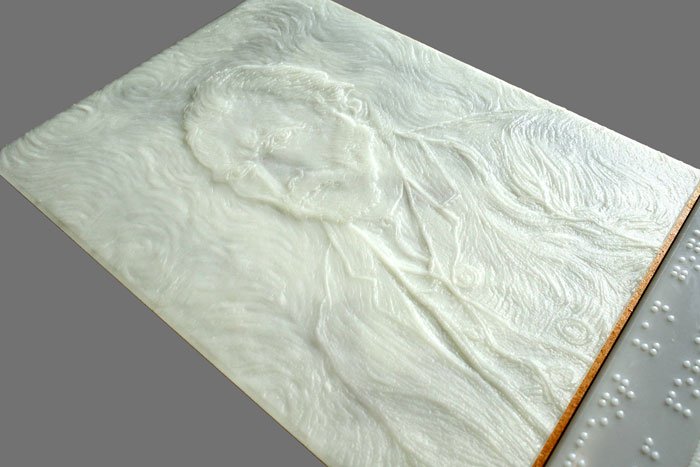
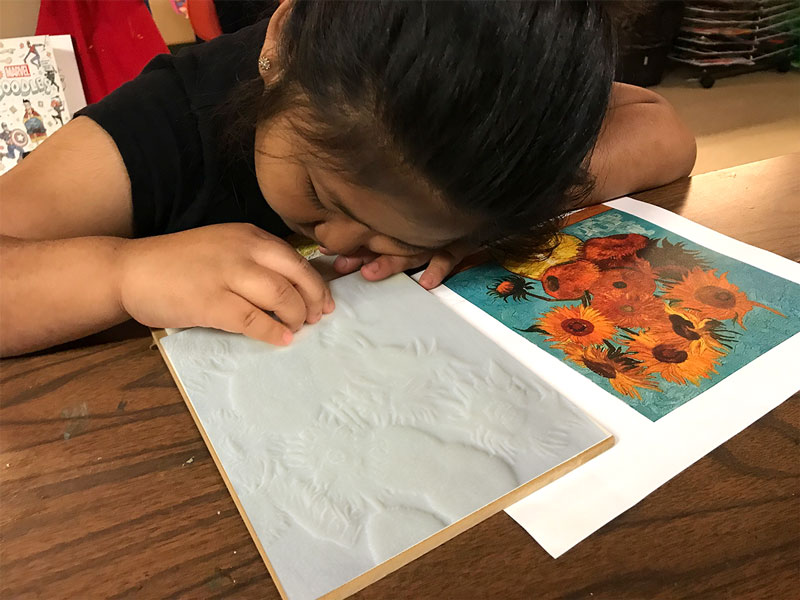

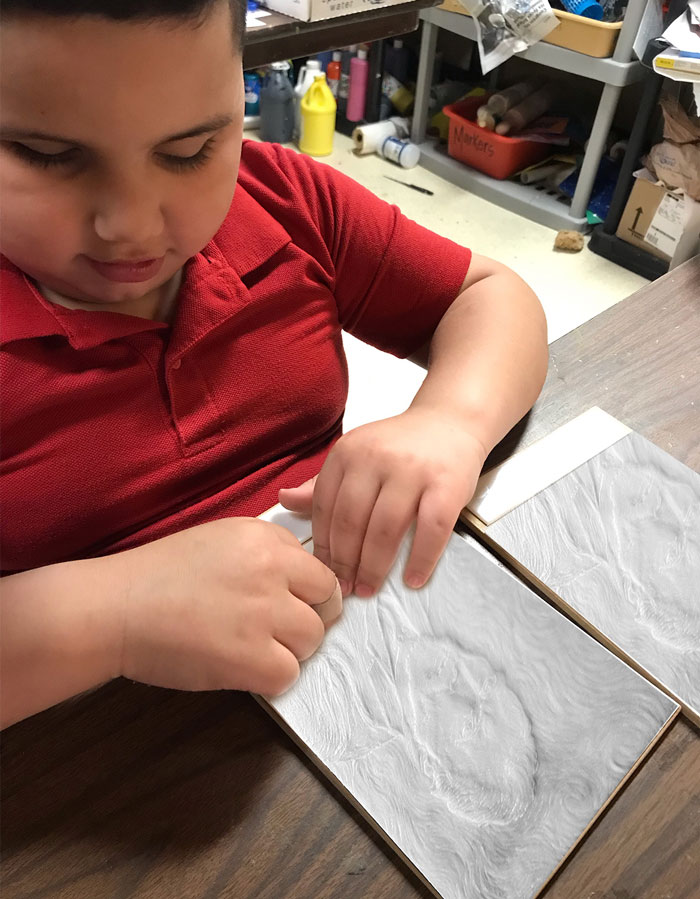
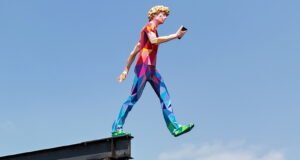
Cloudwalker

“Maplewing” – An innovative, Cost-Effective Fixed-Wing UAV

The Rocketeer Award – For the Prototype Prodigy 2025
